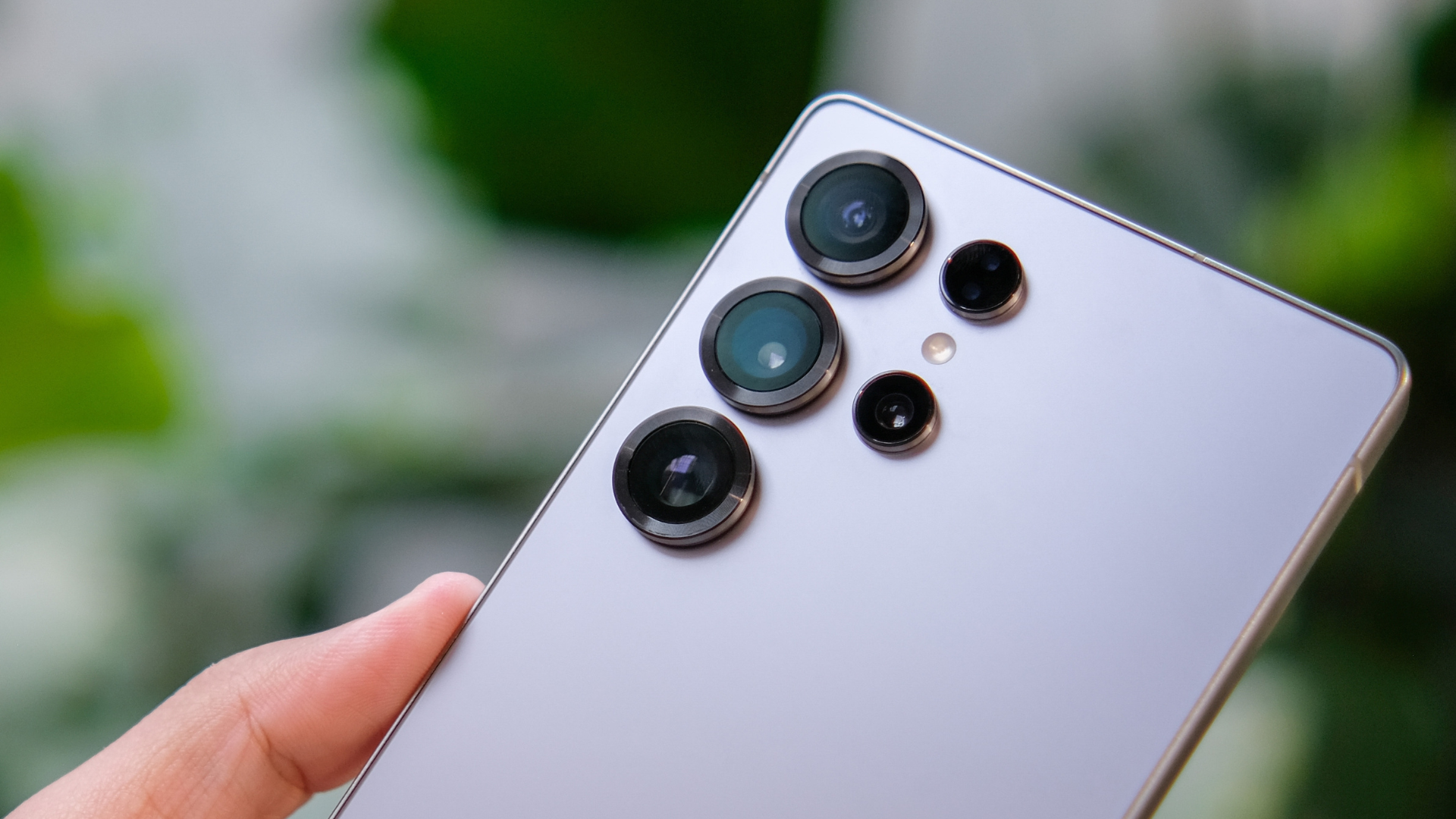Sometimes, the best way to solve a problem is sitting right in front of you. If your problem is that you need a webcam, you can try using your Android phone for the job instead of buying a dedicated device. This is especially useful if you have a spare Android phone lying around and you need it for video calls on your PC or Mac. You can also use your primary Android phone as a webcam, but its utility will be limited since you’ll have to keep unplugging it, remembering to put it into do not disturb, or turning on airplane mode to ensure that your video call isn’t interrupted. Here are all the ways you can use your Android phone as a webcam.
Use the webcam mode on your Android phone
As long as you have a phone running Android 14 or newer, you can use the built-in webcam mode on it. This is as easy as using a USB cable to connect your phone to a computer and enabling webcam mode. Here’s what you need to do:
Unlock your Android phone and use a USB cable that supports data transfer to connect it to your PC or Mac.
The moment your phone is connected, you’ll see a USB mode notification that will tells you the phone is currently charging. Tap this alert and select Webcam.
This puts your phone in webcam mode and displays a notification with additional info. Tap the notification to see the viewfinder and adjust the frame to your liking.
On your PC or Mac, open any video calling app, and under camera options, you’ll see Android Device or Android Webcam as an available camera. Select this to have your phone serve as your webcam.
Be sure to disable all notifications on your phone or put it in airplane mode in order to avoid interruptions. If someone calls your phone when it’s being used as a webcam, your video call will be paused, and it’ll only resume once the phone call has been disconnected.
Using third-party apps to turn your Android phone into a webcam
Credit: Camo
The built-in method works great on Pixel devices and other phones running stock Android, but it may not always work correctly if your phone has a heavily customized Android variant. It’s also not an option for people who use phones with older versions of Android, which is a good enough reason to turn to third-party apps to get the job done.
The good old DroidCam (free, ad-supported) or its paid variant, DroidCamX ($5), are both quite handy for this job. Install the client on your PC or Linux computer and follow the on-screen instructions to set up the app on both devices. The advantage here is that you can connect over wifi and a USB cable, whereas the built-in method is wired only. The free version has ads and limitations that don’t let you rotate or flip the camera, but otherwise, it’s good enough for most people. There are no watermarks or other usage-related limitations in the free version.
Camo is an extremely feature rich alternative for using your Android phone as a webcam. You can use this app with both Windows and Mac, which may appeal to a larger audience, since DroidCam lacks a Mac app. The app is free to use for up to 720p video, which is honestly good enough for video calls, but if you need up to 4K video for your webcam, you can subscribe to the pro tier ($50/year).
This app supports both wifi and USB connectivity, but the developers recommend USB for initial setup and better performance, including lower latency. The setup is quite straightforward—just install the app on your phone and on Mac or Windows, connect your Android phone to your computer via USB, and follow the on-screen instructions. The advantage of using Camo is that it’s not just a bridging app that connects your phone to the PC. It also works with dedicated webcams and features video effects such as Portrait mode (to blur the background) and lighting effects. It also lets you adjust the resolution, frame rate, and focus point in your videos. For more, read Camo’s official guide to adjusting video settings.
